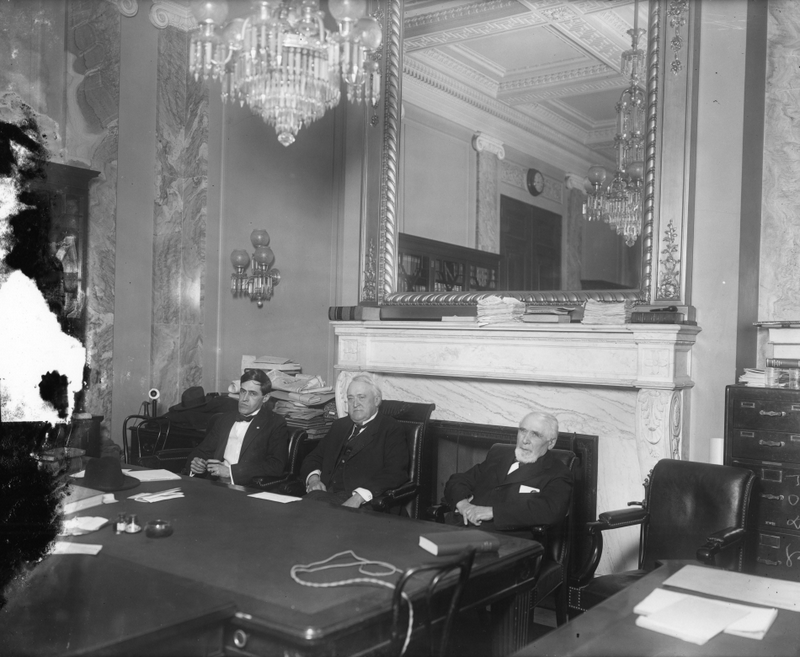Your Legal Resource
1920s - Roots Of American Fascism The Infamous Overman And Lusk Committees
The Red Scare
------------------------------------------------------------------------
On February 11, 1919, a subcommittee of the U.S. Senate Judiciary Committee opened hearings on the influence of Bolshevism in America. Chaired by North Carolina senator Lee Overman, originally from Salisbury, the hearings are regarded as a forerunner of the House Un-American Activities Committee of the 1950s.
Overman�s committee was formed in 1918, as World War I drew to a close, to investigate the influence of German propaganda. Many Americans were uneasy about the repercussions of the Bolshevik Revolution in Russia in 1917, so in February 1919, a resolution to expand the focus of Overman�s committee was passed unanimously by the Senate.
Hearings began shortly thereafter and lasted until March 19. Much of the committee�s questioning involved the upheavals caused by the revolution and subsequent civil war and the potential threat of the revolution to American capitalism.
Anti-Semitic paranoia surfaced regarding the purported prevalence of Jews in the Bolshevik ranks. Accusations also circulated of pro-Bolshevism among American university professors and of promiscuity among Bolshevik women.
The committee�s final report was released in June 1919. While it provided little concrete evidence of Bolshevik activities in America, it coincided with an inflamed the emerging �Red Scare� panic that swept the nation.
The Joint Legislative Committee to Investigate Seditious Activities, popularly known as the Lusk Committee, was formed in 1919 by the New York State Legislature to investigate individuals and organizations in New York State suspected of sedition.
The Great Red Scare following the First World War in an effort to more accurately determine its origins, tactics, duration, and conclusion. Specifically, it analyzes the efforts of the Lusk Committee, New York State's joint legislative committee to combat radicalism, between 1919 and 1923.; Prior studies agree that the Red Scare was intense and brief in duration. Physical raids upon Socialist Party, Communist Party, and Industrial Workers of the World offices dominated the episode, culminating with Attorney General A. Mitchell Palmer's infamous national raids in January 1920. His heavy-handed tactics, which failed to uncover any serious revolutionary threat, awoke many Americans to the ridiculous nature of the hysteria. Tired of years of reform, war, and government witch hunts, the public turned a deaf ear to Palmer's warnings and embarked upon the carefree Jazz Age of the 1920s.; Recent evidence suggests that the Red Scare did not truly end in January 1920, though. The Lusk Committee in New York State continued to investigate and antagonize radicals until 1923, and in the process introduced new tactics and targets that established precedents for future waves of political repression in America. Following moderately successful raids upon the Soviet Bureau, the Rand School of Social Science, and communist and socialist meeting rooms and publishing facilities, the Lusk Committee adopted new tactics to combat the radical threat, specifically courtroom proceedings and subsequent legislation. The committee also shifted its focus entirely to education, urging and attaining the passage of laws requiring loyalty oaths from public school teachers and state licensing for private schools.; Eventually, as New Yorkers came to understand the threat that such laws posed to fundamental civil liberties such as free speech, the popularity of the Lusk Committee began to fade. When Governor Alfred Smith signed the repeal measures, the Red Scare truly came to a close. However, subsequent episodes of political repression standardized the new tactics and focus introduced by the Lusk Committee, indicating the importance of their endeavors.
